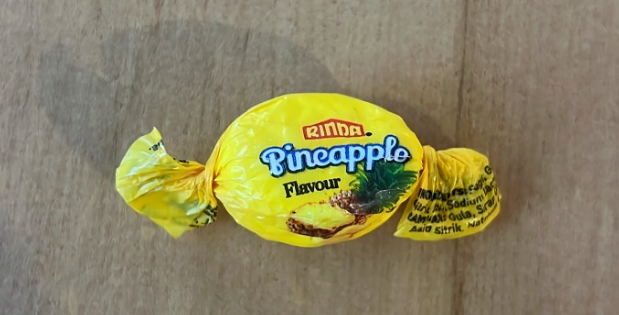New Zealand Food Bank Accidentally Distributes Candy Containing Methamphetamine

A New Zealand food bank is facing a shocking scandal after unknowingly distributing methamphetamine-laced candy to its patrons. The incident has raised serious concerns about food safety and security, prompting an investigation by local authorities.
The contaminated candy was discovered when a food bank recipient noticed something unusual about the sweets and reported it to the police. Subsequent testing revealed that the candy contained methamphetamine, a powerful and illegal drug. It is believed that the food bank, which regularly distributes food and essentials to those in need, had no knowledge of the drug-laced items and was an unintentional conduit in the distribution.
The food bank, which operates as a charity to support struggling families and individuals, has expressed deep concern and regret over the incident. “We are horrified that something like this could happen,” a spokesperson for the food bank said. “Our mission is to help those in need, and the thought that we might have inadvertently put them at risk is devastating.”
Authorities are now investigating how the meth-laced candy ended up at the food bank. There is speculation that the drugs were hidden in the candy as part of an illicit trafficking operation, and the items may have been donated or mixed in with legitimate food supplies without the food bank’s knowledge.
Police have issued a warning to the public, advising anyone who received candy from the food bank to dispose of it immediately and to report any suspicious items to the authorities. They are working closely with the food bank to ensure that all potentially contaminated products are removed from circulation.
The incident has highlighted the vulnerabilities within the food distribution system and the need for heightened vigilance, especially in organizations that serve vulnerable populations. The food bank has pledged to review its protocols and implement additional safety measures to prevent such an occurrence in the future.
This case is a stark reminder of the lengths to which drug traffickers will go to distribute illegal substances and the importance of ensuring the safety and integrity of charitable food distribution channels





